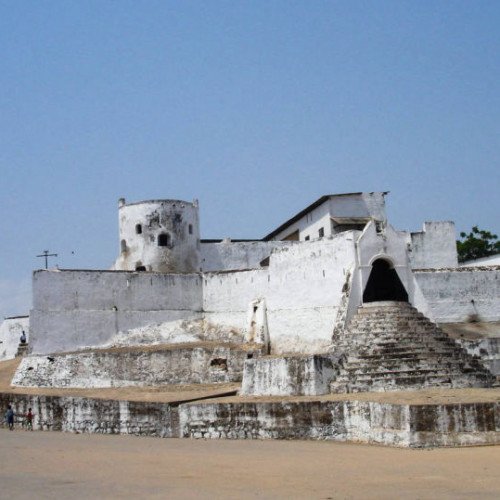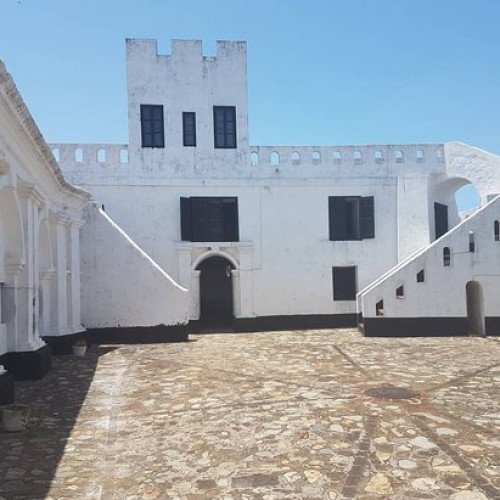Castles of "Ghana" FORT SAN SEBASTIAN vs FORT METAL CROSS

FORT SAN SEBASTIAN
Fort San Sebastian (Portuguese: Forte São Sebastião de Xama) located in Shama, Ghana is the third oldest fortification in Ghana. It was built by the Portuguese from 1520 to 1526 as a trading post in and captured by the Dutch West India Company in 1642. The original purpose of the fort was to serve as a deterrent to English sailors interfering in Shama trade. The first black European university professor, Anton Wilhelm Amo, lies interred in the fort's graveyard. The fort was ceded with the entire Dutch Gold Coast to Britain in 1872. During the time of the African Slave Trade, kidnapped Africans were imprisoned here while awaiting transport to North America. The Zamani Project documented Fort San Sebastian in 2013, with terrestrial 3D laser scanning. The data generated by the non-profit research group creates a permanent record that can be used for research, education, restoration, and conservation. A 3D model and a panorama tour, of Fort San Sebastian are available on www.zamaniproject.org. An animation of the 3D model is available here. https://zamaniproject.org/site-ghana-shama-fort-saint-sebastian.html#video3-2q
Statistics for this Xoptio

FORT METAL CROSS
Fort Metal Cross, originally Fort Dixcove, is a military structure in Dixcove, Ghana. Brandenburg-Prussia started building Fort Groß Friedrichsburg about 15 kilometres (9.3 mi) west of Dixcove in 1683, (now Princes Town) in the colony of Brandenburger Gold Coast but it was not completed until the 1690s. Fort Metal Cross was besieged twice in 1712 by John Kanu, a local ally of the Prussians, but the fort was defended successfully. The fort was transferred to the Dutch as part of a large trade of forts between Britain and the Netherlands in 1868 under the Anglo-Dutch Gold Coast Treaty. It was renamed Fort Metalen Kruis. Four years later, however, on 6 April 1872, the fort was, with the entire Dutch Gold Coast, again transferred to the United Kingdom, as per the Gold Coast treaty of 1871. The Dutch name stuck, however, translated as Fort Metal Cross. The Fort was included as one of the Forts and Castles of Volta, Greater Accra, Central and Western Regions that became a World Heritage Site in 1979.